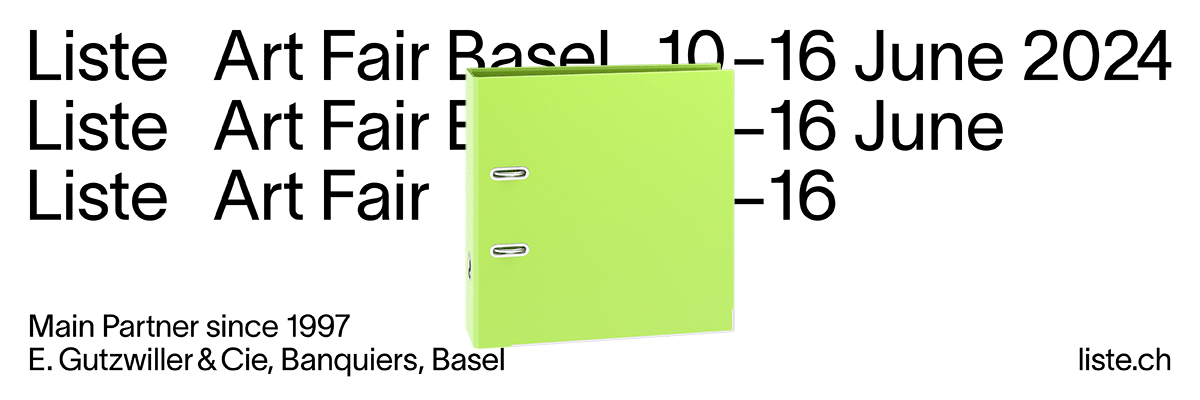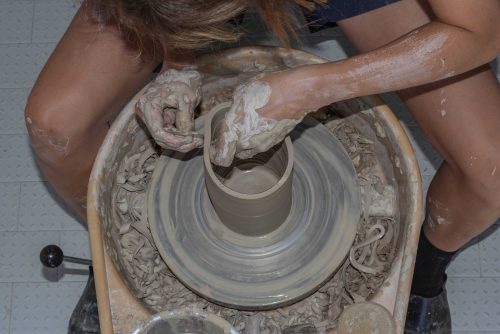
Marius Steiger
Day

Installation view, Day, Galleri Opdahl, Stavanger, NO, 2024
Advertisement

Installation view, Day, Galleri Opdahl, Stavanger, NO, 2024
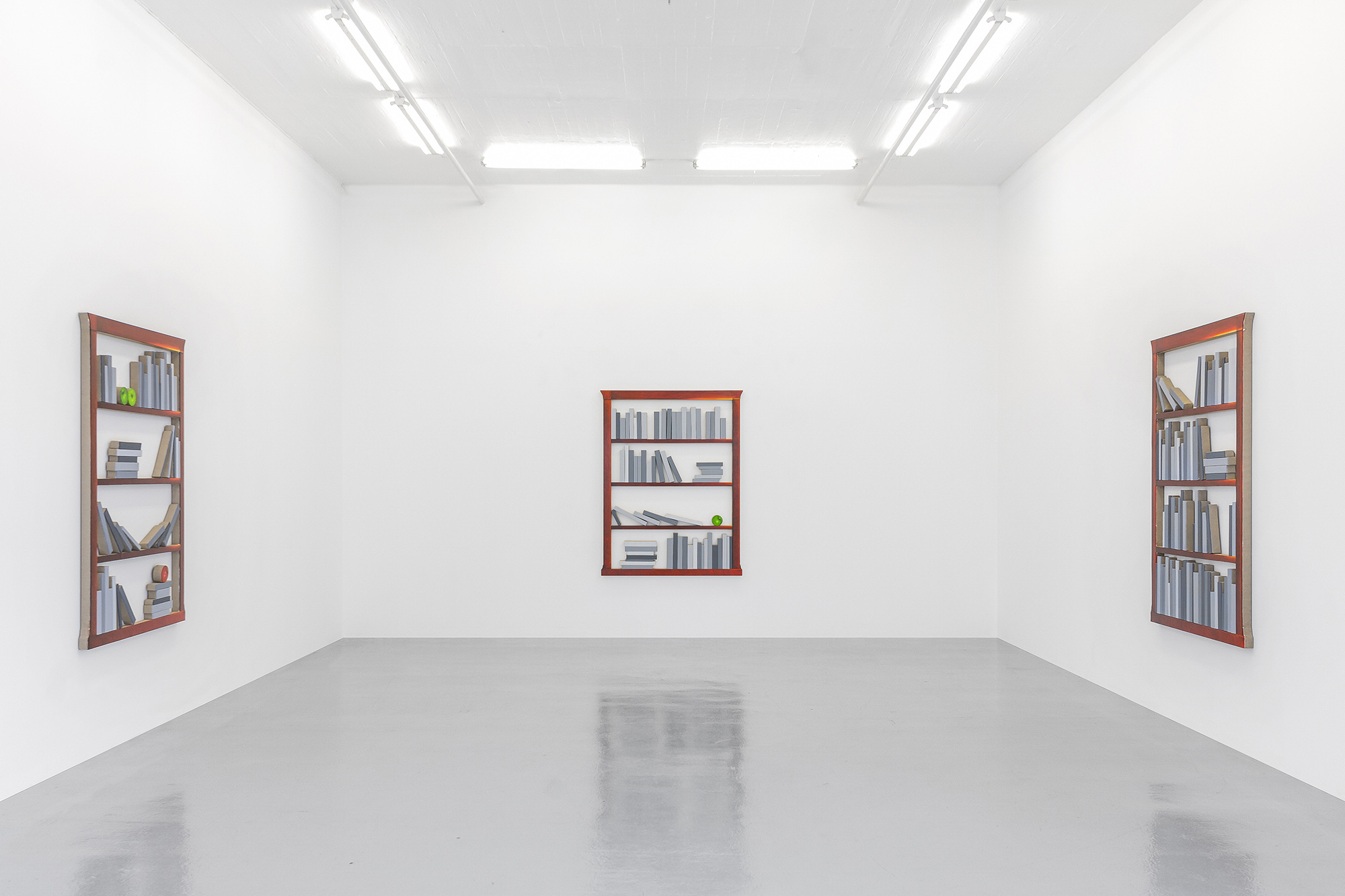
Installation view, Day, Galleri Opdahl, Stavanger, NO, 2024
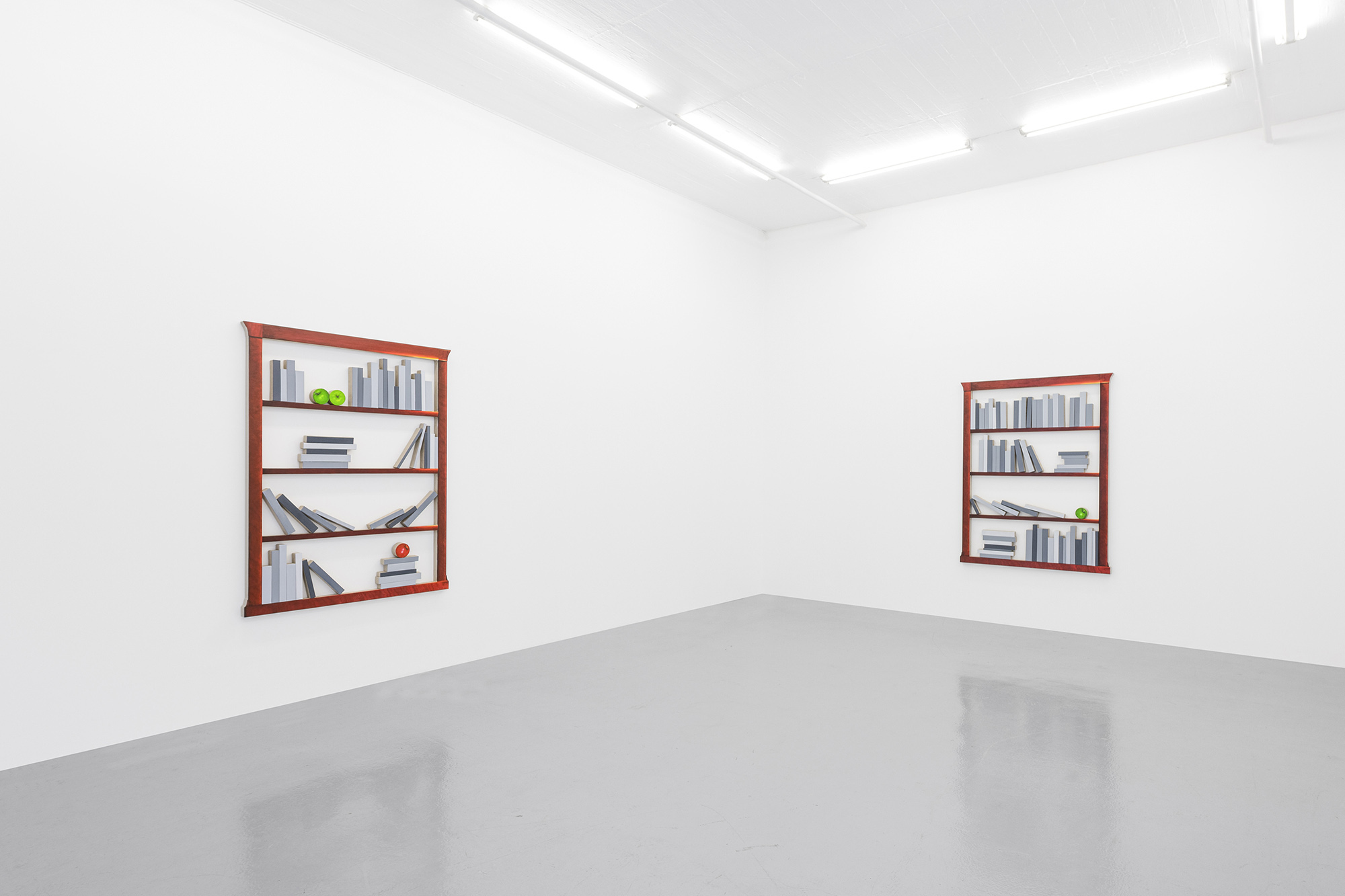
Installation view, Day, Galleri Opdahl, Stavanger, NO, 2024
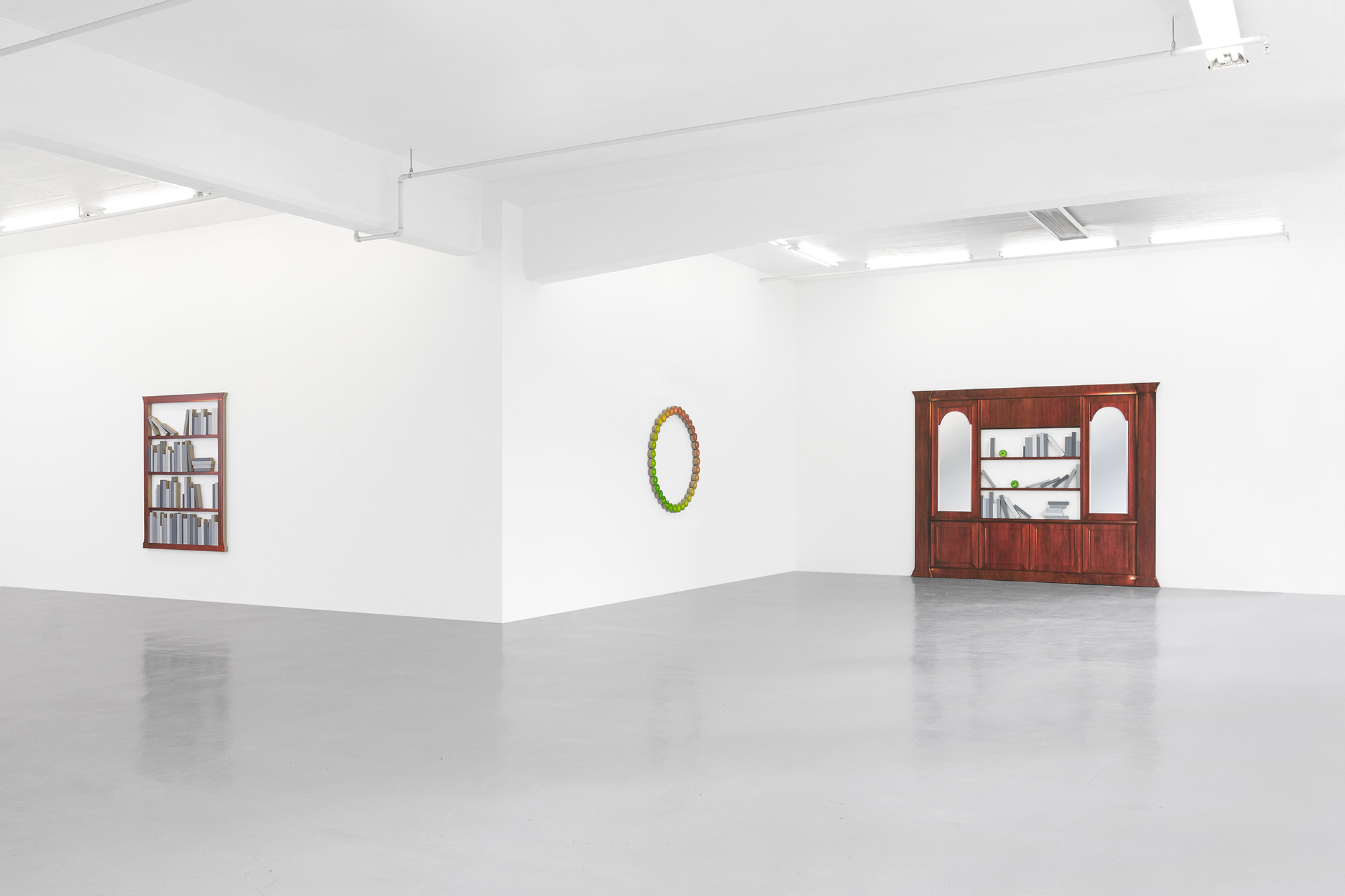
Installation view, Day, Galleri Opdahl, Stavanger, NO, 2024
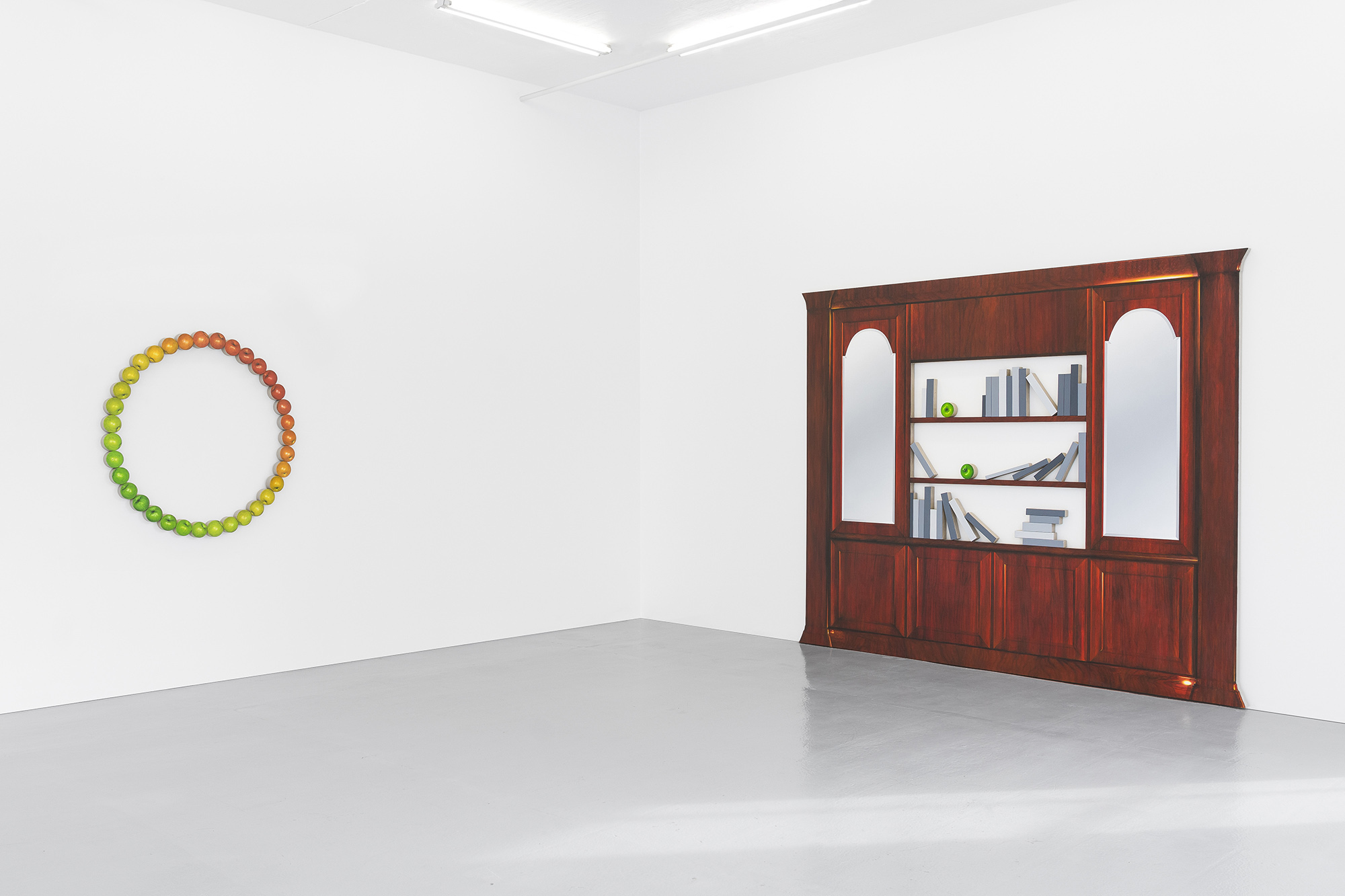
Installation view, Day, Galleri Opdahl, Stavanger, NO, 2024

Installation view, Day, Galleri Opdahl, Stavanger, NO, 2024
Marius Steiger mines the tradition of trompe l’oeil painting in the service of a meditation on the status of images and objects in our digital age. By suturing straight-forward representations of things in the world to shaped canvas supports, Steiger’s artistic exploration is one part wry humor and one part optimistic embrace. Steiger’s sprinter van takes us outside, for example, and forms an allegory for our post-pandemic desire to re-enter the world. While Steiger's bookcases are made up of shaped canvases, one for each part of the composition, including individual small canvases for the book spines. Despite hyperrealistic elements, like the woodgrain of the cases, in other aspects Steiger deals in the flattened abstractions of our world, as when he renders books in an anonymous, blank grayscale. Steiger comments on how such things are intertwined in contemporary experience: we both feel closer to reality through technology, as well as find it estranged in equal measure, as objects become images, become objects again in an endless feedback loop.
As seductive, compelling, and seemingly perfect as Steiger’s surfaces are, a glance to the edge of one of his paintings reveals their made-ness, as he retains unpainted linen sides, such that we are aware of these as paintings, even if they are shaped to fit the forms of the objects they represent. In general, in line with the vanitas tradition that Steiger positions himself within, the artist chooses his subjects with their contemporary meaning and context in mind. He turns the exhibition space into one that bears little distinction from the digital space that images of artworks circulate through, acknowledging its ubiquity as the main context that most people experience art through.
Whereas in Dutch still life painting of the 17th century, to give one example from the vanitas tradition, familiar objects held loaded meanings, in our contemporary world images of objects can be infinitely replicated. Thus the individual object holds little specific meaning, hence the multiplication that often occurs in Steiger’s work. It also goes against the amount of time and energy required to paint one of his painstakingly realistic renderings. It likely takes Steiger longer to make the image than it takes a factory to produce the thing Steiger is representing. It certainly does relative to these things as images. This produces the provocative tension of the work, between the labor of painting, and the speed of (visual) consumption. It is this that is on show more so than any particular narrative. For there are fragments or elements of a narrative—a sprinter van, bookshelves, chairs, etc.—but nothing adds up to more than a vague suggestion of certain possibilities. It is in these tenuous possibilities that the viewer finds space to project their own meanings.
Alex Bacon

